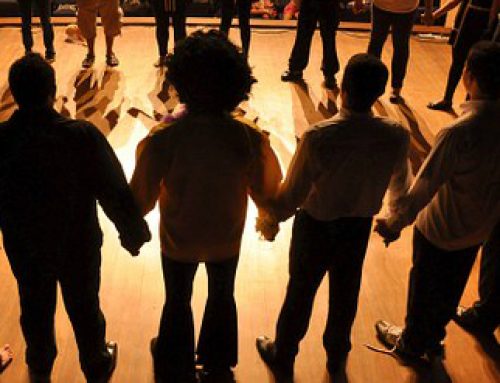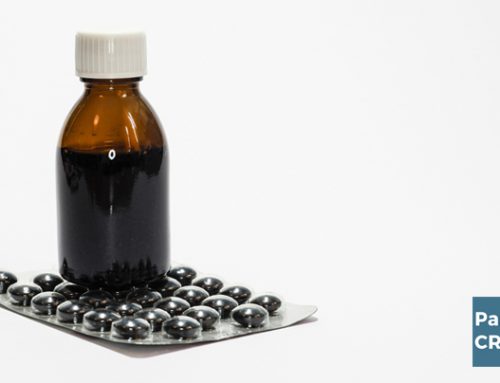Signs and Symptoms of Prescription Drug Use
The nonmedical use and abuse of prescription drugs is a serious public health problem in this country. The National Institute on Drug Abuse’s (NIDA) Monitoring the Future (MTF) survey found that about 1 in 12 high school seniors reported past-year nonmedical use of the prescription pain reliever Vicodin in 2010, and 1 in 20 reported abusing OxyContin—making these medications among the most commonly abused drugs by adolescents. Source: National Institute on Drug Abuse (NIDA).
Furthermore, it’s estimated that more than 2 million people in the United States suffer from substance use disorders related to prescription opioid pain relievers. The terrible consequences of this trend include overdose deaths, which have more than quadrupled in the past decade and a half.
In a recent study published on Drugfree.org (http://www.drugfree.org/join-together/teens-abusing-prescription-drugs-may-just-want-get-high-research-suggests/) Teens said they got prescription drugs primarily through friends, who in turn got them from their home medicine cabinets. It’s no wonder when they’re readily available – in 2013, 207 million prescriptions were written for prescription opioid pain medications.
There are many different prescription drugs, which means there are several signs and symptoms people show when they start using them.
The abuse of opioids – pain relievers – produce symptoms similar to using heroin. A person gets in a state of euphoria combined with a dry mouth, warm flushing of the skin, absence of pain, heavy extremities and clouded mental functioning. Other symptoms are drowsiness, constricted pupils, constipation and slowed breathing.
The abuse of central nervous system depressants – for relieving anxiety, produce sedating effects. Warning signs of this kind of abuse include the lack of coordination, disorientation, sluggishness, shallow breathing and slurred speech. Some prescription drugs leave the person behaving like they’re in a trance. The person may act confused, feel fatigued, and suffer low blood pressure and heart rate.
In contrast, other prescription drugs have opposite effects. The abuse of stimulants – for treating Attention Deficit Hyperactivity Disorder (ADHD), produce symptoms similar to cocaine use – Users are more energetic, overly talkative, can’t sleep, and lose their appetite. Heart rate and blood pressure may go up causing dizziness, heart attack and seizures. Other feelings such as anxiety, restlessness, irritability and paranoia may also occur and may lead to violent behavior.
Warning signs of this kind of abuse include an abundance of pills or pill bottles without an illness or missing prescription bottles. People using prescription drugs might also “doctor hop” – go to one doctor for insomnia, another doctor to help with depression, and another to help with their weight. As prescription drugs are often taken together, users may have many different kinds of prescriptions so they can feel ‘normal’. The result is that the person has access, legally, to a potentially lethal combination of drugs.
What Are Prescription Drugs?
Prescription drugs include narcotics and stimulants. There are hundreds of brand names, and generic versions. The most frequently abused prescription drugs include:
Opioids:
- Fentanyl (Duragesic®)
- Hydrocodone (Vicodin®)
- Oxycodone (OxyContin®)
- Oxymorphone (Opana®)
- Propoxyphene (Darvon®)
- Hydromorphone (Dilaudid®)
- Meperidine (Demerol®)
- Diphenoxylate (Lomotil®)
Central nervous system depressants:
- Pentobarbital sodium (Nembutal®)
- Diazepam (Valium®)
- Alprazolam (Xanax®)
Stimulants:
- Dextroamphetamine (Dexedrine®)
- Methylphenidate (Ritalin® and Concerta®)
- Amphetamines (Adderall®)
Source: National Institute on Drug Abuse (NIDA)
How Are Prescription Drugs Used?
Prescriptions drugs can be swallowed or crushed up to be injected or snorted.
Common Names:
Benzos, Blues, Tranqs, Black Beauties, OC, Rittys, Oxy, O.C., Percs, Vike, Vitamin V. New slang terms, like “pharming” and “trail mix”, describe someone who regularly uses prescription drugs.
So, how do you know if your teen’s behavior is normal or troublesome? Is it Drugs or is it Just Teenage Angst?






